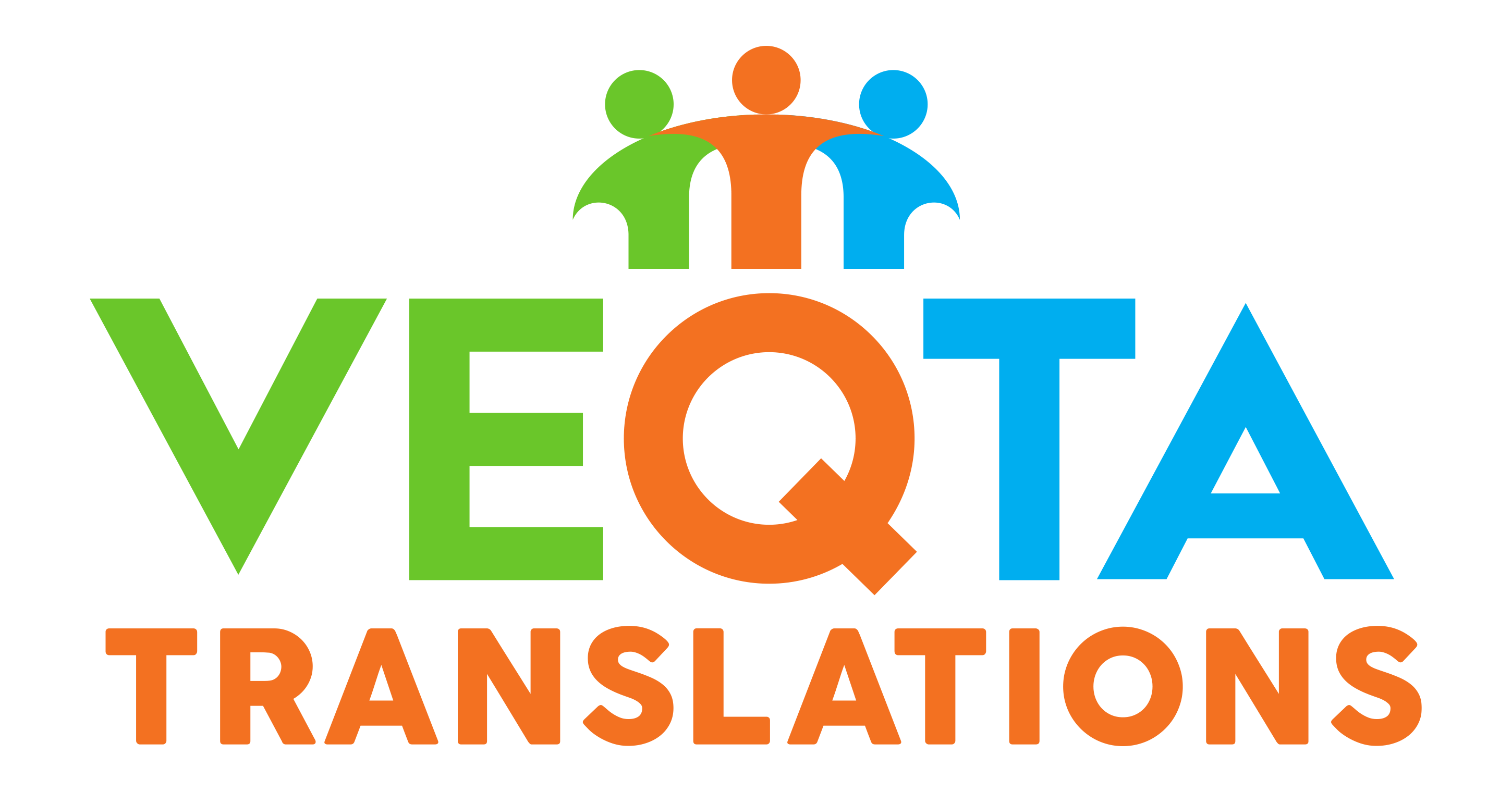In a world where content is king, and communication is global, the need to reach diverse audiences has never been greater.
For businesses, governments, and organizations targeting Southeast Asia, particularly Malaysia, accurate Malay translation plays a crucial role. With over 35 million people, Malaysia is a multicultural, multilingual nation where Bahasa Malaysia (Malay) is the national and most widely spoken language. Hence, translating content accurately into Malay isn’t just a matter of linguistic conversion—it’s a strategic necessity for deeper engagement and meaningful communication.
The Role of Language in Malaysian Culture
Language is a key part of Malaysian identity. Malay is used in education, official documents, the media, and day-to-day communication. While English is also widely understood, especially in urban areas, Malay is the language that resonates with the largest segment of the population, including rural communities.
Failing to communicate in the native tongue can create a disconnect and even foster mistrust. On the other hand, accurate translation shows respect for cultural values, traditions, and the local way of life. It helps audiences feel seen, heard, and understood.
Benefits of Accurate Malay Translation
- Builds Trust and Credibility
Trust is the foundation of any successful business relationship. When content is translated accurately into Malay, it signals a brand’s commitment to serving its audience properly. Consumers are more likely to trust and engage with content that reflects their language and culture.
- Enhances User Experience
Whether it’s a website, app, or marketing material, delivering content in flawless Malay ensures a smoother user experience. People can navigate interfaces, understand product descriptions, and engage with content comfortably, leading to higher satisfaction and retention rates.
- Increases Market Reach
With accurate Malay translation, businesses can tap into new customer segments that prefer or only speak Malay. This is especially true for government campaigns, healthcare communications, and public service announcements, where reaching every demographic is vital.
- Avoids Miscommunication and Cultural Blunders
Mistranslations can lead to misinterpretations or, worse, offensive content. Accurate translations consider cultural nuances, idioms, and societal norms, avoiding embarrassing errors that could damage a brand’s reputation.
- Boosts SEO and Online Visibility
For digital marketing, localizing content into Malay with proper keyword integration improves search engine rankings within Malaysia. Localized SEO helps brands appear in relevant local searches, drawing organic traffic and improving conversion rates.
Challenges in Malay Translation
- Dialectical Differences
Although Bahasa Malaysia is standardized, regional dialects and colloquialisms vary. A translator must choose terminology that suits the target demographic, especially in marketing or conversational content.
- Complex Grammar and Syntax
Malay has its own unique grammar rules and sentence structures. Direct translations from English often sound awkward or unnatural. Accurate translation requires restructuring sentences while preserving the original intent.
- Cultural Context and Sensitivities
Cultural awareness is essential. Some words or phrases may carry different meanings in Malay, and certain topics may be sensitive or taboo. A professional translator considers all these elements.
Industries That Require Accurate Malay Translation
- E-commerce and Retail
Product descriptions, customer service content, and payment instructions must be clear and accurate to ensure successful transactions.
- Healthcare and Pharmaceuticals
Translating medical instructions, prescriptions, and public health announcements into accurate Malay is critical for safety and public well-being.
- Legal and Government Documents
Contracts, regulations, immigration documents, and court materials require precise translations to avoid legal issues or misunderstandings.
- Education and E-learning
Educational materials, online courses, and tutorials need to be comprehensible and culturally appropriate for Malaysian students.
- Tourism and Hospitality
Brochures, websites, menus, and travel guides translated into accurate Malay enhance the experience for local tourists and promote inclusivity.
Human Translation vs. Machine Translation
While machine translation tools like Google Translate have improved, they still struggle with contextual accuracy and cultural nuances. Human translators understand tone, emotion, and context. For instance, the Malay word “pergi” (to go) might be translated correctly by a machine, but in context, it could miss nuances like urgency, location, or direction.
Best Practices for Accurate Malay Translation
- Hire Native Speakers: Use translators who are native Malay speakers with a deep understanding of regional dialects.
- Localize, Don’t Just Translate: Adapt content to fit cultural expectations and communication styles.
- Proofread and Edit: Always have content reviewed by a second translator or editor.
- Use Consistent Terminology: Especially for technical or branded terms to maintain clarity.
- Update Regularly: Language evolves. Keep content fresh and relevant with periodic reviews.
Common Mistakes to Avoid
- Literal Translations: They often sound unnatural or humorous.
- Ignoring Context: Failing to adjust for the cultural and emotional tone of the message.
- Using Slang or Jargon: This may confuse or alienate the audience.
- Overlooking Visuals: Some images or icons might carry different meanings culturally.
Conclusion
Accurate Malay translation is far more than converting words—it’s about bridging cultures, building trust, and creating meaningful engagement. Whether you’re launching a product, educating the public, or building a brand, speaking your audience’s language with authenticity and precision is a game-changer. As Malaysia continues to thrive as a digital and economic hub, accurate translation into Malay will remain a key pillar in reaching and resonating with its diverse population.
FAQs
Why is Malay translation important for businesses in Malaysia?
Malay is the national language and widely spoken. Accurate translation allows businesses to connect authentically with Malaysian audiences, expanding their market reach and improving brand trust.
Can I use Google Translate for Malay translation?
For simple phrases, yes. But for professional content, cultural context, and accuracy, human translation is strongly recommended.
What’s the difference between Malay spoken in Malaysia and Indonesia?
While similar, Bahasa Malaysia and Bahasa Indonesia have different vocabulary, spelling, and pronunciation. They are not interchangeable.


